Market Share
Bifacial Solar Market Share Analysis
It's hard to stay ahead of the competition in the fast-paced Bifacial Solar Market, so each company has its own way of placing its market share. Coming up with new technology and design ideas all the time is a great way to work. Companies do research and development to make bifacial solar panels more useful and improve how well they work. Some companies try to stand out from others by adding cutting-edge technologies and design changes to their products. For example, they might add new tracking systems and advanced cell layouts to make their products work better and produce more energy. By going after tech-savvy customers, this dedication to new ideas not only lets companies enter the market, but it also makes them stars in their fields, which makes them more visible in the market. When it comes to the bifacial solar business, cost benefit is another popular strategy. Businesses are trying to get better at making things, cut costs, and hit economies of scale in response to the growing need for green energy sources. Businesses that sell bi-directional solar panels at fair prices can reach more customers and attract people, businesses, and utility-scale projects that are looking to save money. Business can get a price advantage from this method because it gets more people to use bifacial solar technology. It also speeds up the market's growth. The way a business places itself in the bifacial solar market is affected by how it segments the market. Businesses adapt their goods to fit certain market areas since they know that various customer groups have various wants and needs. For use in homes, businesses, or workplaces, it might be necessary to make a solar system that works in both directions. Customers of different types of things have different needs. Businesses can expand into new markets, become leaders in those areas, and reach more customers by making sure their products and services meet those needs. To get a bigger share of the bidirectional solar market, you need to make strategic relationships and agreements. Businesses build smart partnerships with experts in their areas, like people who sell technology or make projects. When it comes to solar energy, businesses can run more smoothly if they work together, share resources, and use skills that help each other. When people work together, they can make markets bigger, projects easier, and new solutions that work for everyone. Companies can become more competitive and move up in the market by forming smart relationships that let them use the skills and resources of a bigger network. Another thing companies may do to try to get a bigger piece of the bidirectional solar market is to spread out geographically. Companies want to get a bigger piece of the solar energy market in different places as it spreads around the world. Businesses can better meet the wants of the people who live in different areas if they know about the weather, rules, and market trends in those areas. Businesses that go global not only lower the risks that come with unstable regions, but it also makes their markets more stable and full of different kinds of goods.


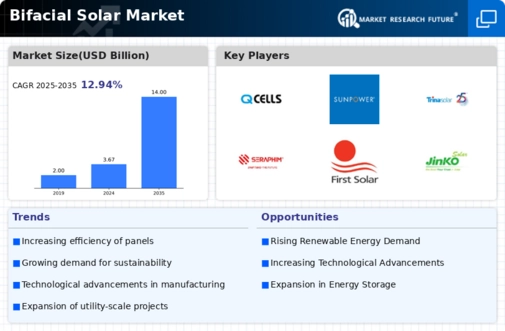
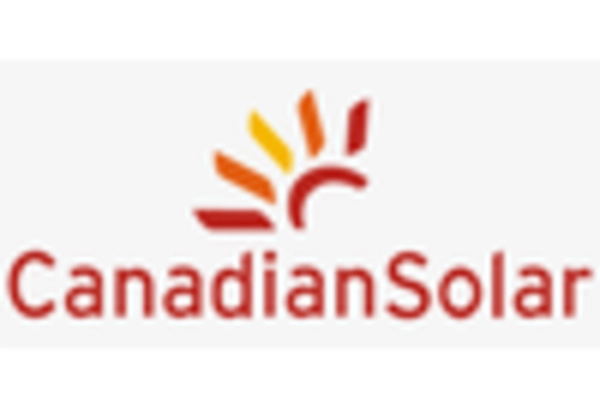
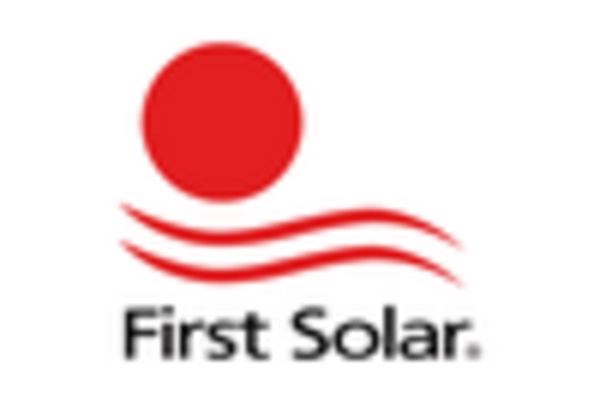
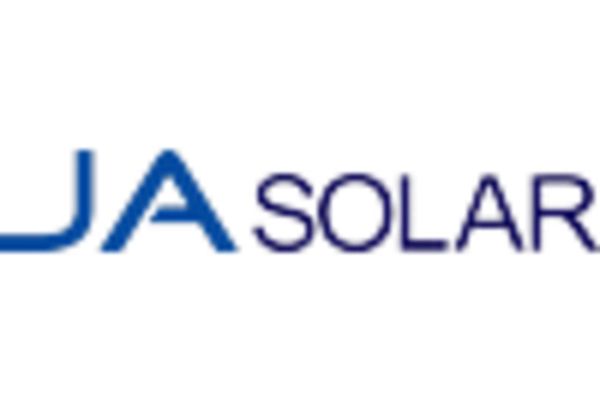
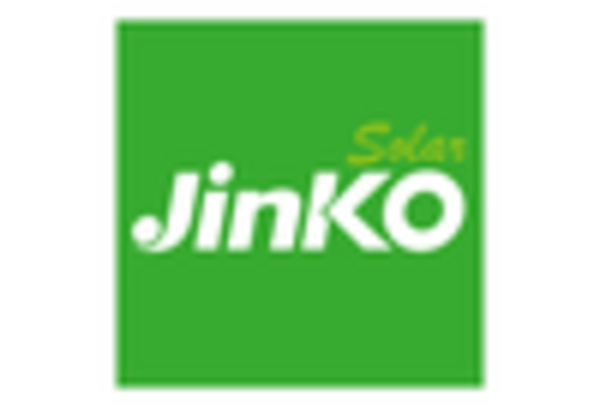
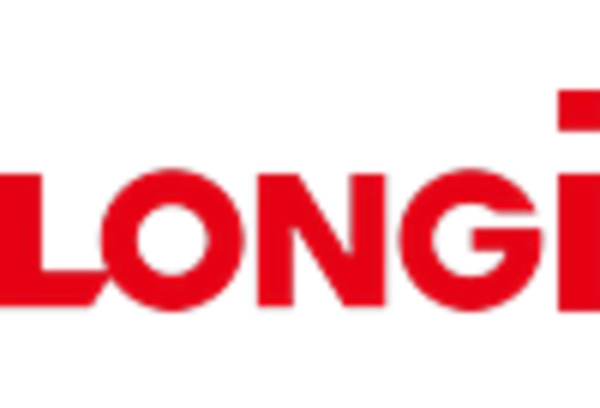
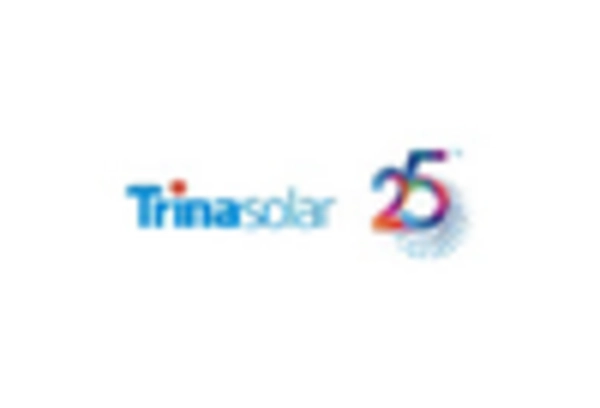









Leave a Comment